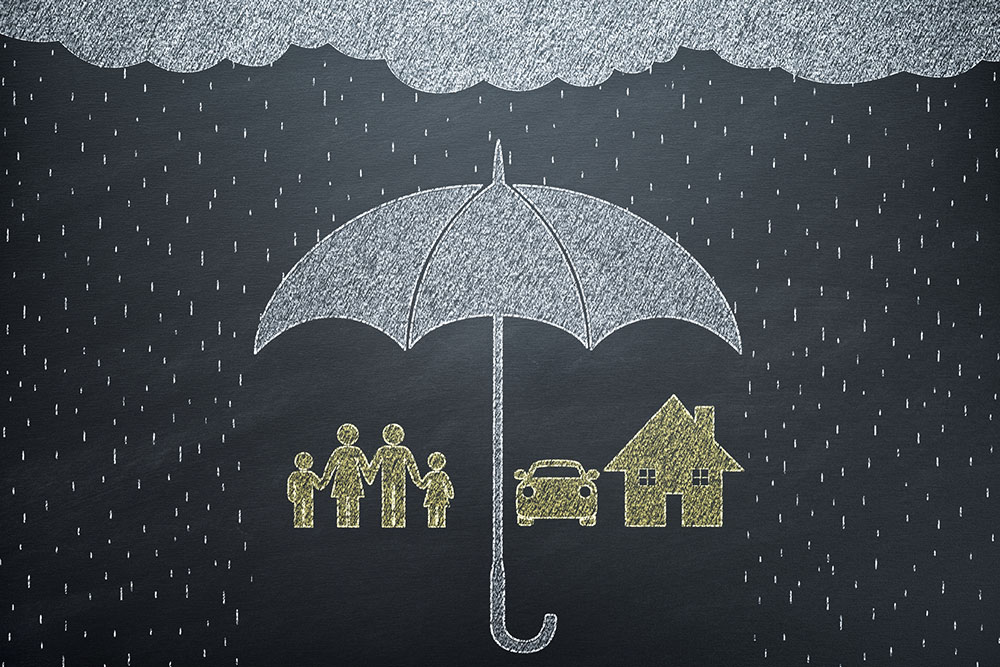How to keep capital gains tax under control
This content is for information purposes only and should not be taken as financial advice. Every effort has been made to ensure the information is correct and up-to-date at the time of writing. For personalised and regulated advice regarding your situation, please consult an independent financial adviser here at Castlegate in a href=”https://casfin.co.uk/financial-adviser-grantham/”>Grantham, Lincolnshire or other local offices.
As an investor, you want to keep taxes on your returns at a minimum. Capital gains tax (CGT) can be levied on the profits you earn after “disposing of” (selling) certain assets – such as shares, reducing your “real” returns.
Fortunately, there are strategies at your disposal to mitigate needless CGT liability. In this guide, our Grantham financial advisers explain how capital gains tax works in 2023-24, how it can affect investor portfolios and ideas to combat its negative effects.
We hope these insights are helpful to you. To discuss your own family financial plan with us, please get in touch to arrange a no-obligation financial consultation, at our expense:
01476 855 585
info@casfin.co.uk
What is capital gains tax?
Suppose you buy a stock on an investment platform, hold it for a while and it increases in price by 10%. Selling it, at this point, generates a 10% “capital gain” (or profit) if you set aside any fees, taxes or currency exchange rates.
However, the UK government applies tax to capital gains. This is known as capital gains tax (CGT). In 2023-24, the general CGT rates for individuals are 10% (for Basic Rate taxpayers) and 20% (for those on the Higher Rate).
If you are selling “carried interest” or residential property at a profit (not your home), then a higher CGT rate applies – i.e. 18% for those on the Basic Rate or 24% for those on the Higher Rate (from 6 April 2024). For those with Buy to Let investments (or if you are considering them), take note!
How can capital gains tax affect UK investors?
Without careful planning, capital gains tax (CGT) can reduce your real returns. For instance, suppose you make a 10% profit after disposing of some shares. If you pay a 10% CGT rate on the profit, then your after-tax return is 9%.
A 1% difference in your returns can amount to a lot of money if you are managing a large portfolio. For example, a £50,000 capital gain on the disposal of shares, taxed at a 10% rate, is £5,000. For a Higher Rate taxpayer, the effects of CGT can be even more detrimental when facing a 20% rate (i.e. a £10,000 bill).
In worst-case scenarios, investors may face penalties – such as fines – if they fail to declare capital gains properly and pay the right taxes on them (via Self Assessment). To avoid this, it helps to work with an accountant and financial planner to keep everything organised.
How can I mitigate the impact of capital gains tax?
A good first step is to examine your ISA. In 2023-24, an individual can put up to £20,000 into their ISAs and receive tax-free interest, dividends and capital gains. For instance, any investments which you sell inside your Stocks & Shares ISA will not face CGT.
Please note that any unused ISA allowance cannot be “carried forward” to the following tax year. So, if you still have £5,000 which you could put into your ISAs on 5 April 2024, this will be lost when the next day arrives.
To maximise the ISA allowance in a given tax year, an investor could use the “bed and ISA” approach to move shares out of a general investment account (GIA) and immediately re-purchase them inside a Stocks & Shares ISA. Going forward, any future increase in the value of the shares will be free of CGT when disposed of (subject to changes in ISA legislation).
Each UK taxpayer is also entitled to a CGT-free allowance – called the Annual Exempt Amount – in addition to their ISA allowance. In 2023-24, an investor can generate up to £6,000 in capital gains outside of their ISAs without paying CGT.
Similar to the ISA allowance, the Annual Exempt Amount cannot be carried forward. Therefore, it can make sense for some investors to spread out their asset disposals (e.g. in a GIA) across multiple tax years – making full use of their CGT-free allowance.
Please note that the Annual Exempt Amount is set to reduce from £6,000 to £3,000 per year from 6 April 2024. Therefore, if you are reading this article before that date, consider speaking with your financial adviser about how to maximise your CGT-free allowance.
A final tax planning option to consider is relevant to married couples and civil partnerships. For these individuals, assets – such as shares – can be transferred between the partners without paying CGT (unless they are separated and do not live together).
This can be very helpful for reducing the overall CGT burden on a household. For example, suppose a husband is a Higher Rate taxpayer and his wife only pays the Basic Rate. The former has maximised his Annual Exempt Amount for the tax year and his ISA allowance. His wife has not.
Here, the household could save on CGT focusing on building up the wife’s investments. Not only is she able to “shield” investments from CGT using her available allowances, but any CGT she would pay (as a Basic Rate taxpayer) would be lower than that paid by her husband (as a Higher Rate taxpayer).
Invitation
If you are interested in discussing your own financial plan or investment strategy with us, please get in touch to arrange a no-commitment financial consultation at our expense:
01476 855 585
info@casfin.co.uk












